
Nutrition: Top 6 Foods to Lower Blood Pressure Naturally
- Published By The Statesman For The Statesman Digital
- 8 months ago
High blood pressure, or hypertension, affects millions globally, silently increasing the risk of heart disease, stroke, and kidney problems.
But what if your next meal could help protect your heart? Incorporating specific foods into your diet can naturally reduce blood pressure and support overall cardiovascular health.
Backed by years of research, these six superfoods are must-haves for anyone looking to manage or prevent hypertension. Let’s dive into the science behind these powerful foods.
1. Leafy Greens and Raw Carrots: Potassium-Rich Allies
Leafy greens like spinach, kale, and Swiss chard, along with raw carrots, are loaded with potassium—a mineral essential for counteracting the blood-pressure-raising effects of sodium. Potassium helps the body excrete excess sodium through urine, relaxing blood vessel walls and reducing strain on the heart
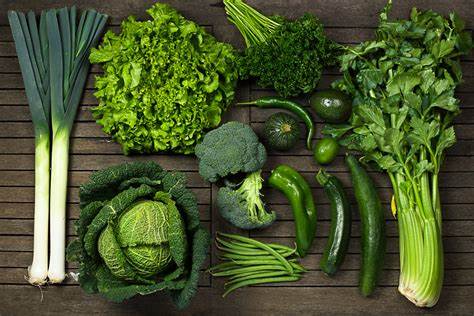
A 2013 study published in Nutrition Journal found that the consumption of raw carrots was associated with lower blood pressure levels, likely due to their high potassium content and natural compounds that promote vascular health.
Similarly, greens like spinach have long been a cornerstone of the DASH (Dietary Approaches to Stop Hypertension) diet, which has been proven to reduce hypertension.
How to Include: Enjoy raw carrots as a snack, add leafy greens to your salads or smoothies, or steam them as a side dish.
2. Berries: Nature’s Antioxidant Powerhouses
Berries, particularly blueberries, strawberries, and raspberries, are rich in flavonoids—natural compounds with antioxidant and anti-inflammatory properties. Flavonoids help relax blood vessels, improving blood flow and reducing blood pressure.
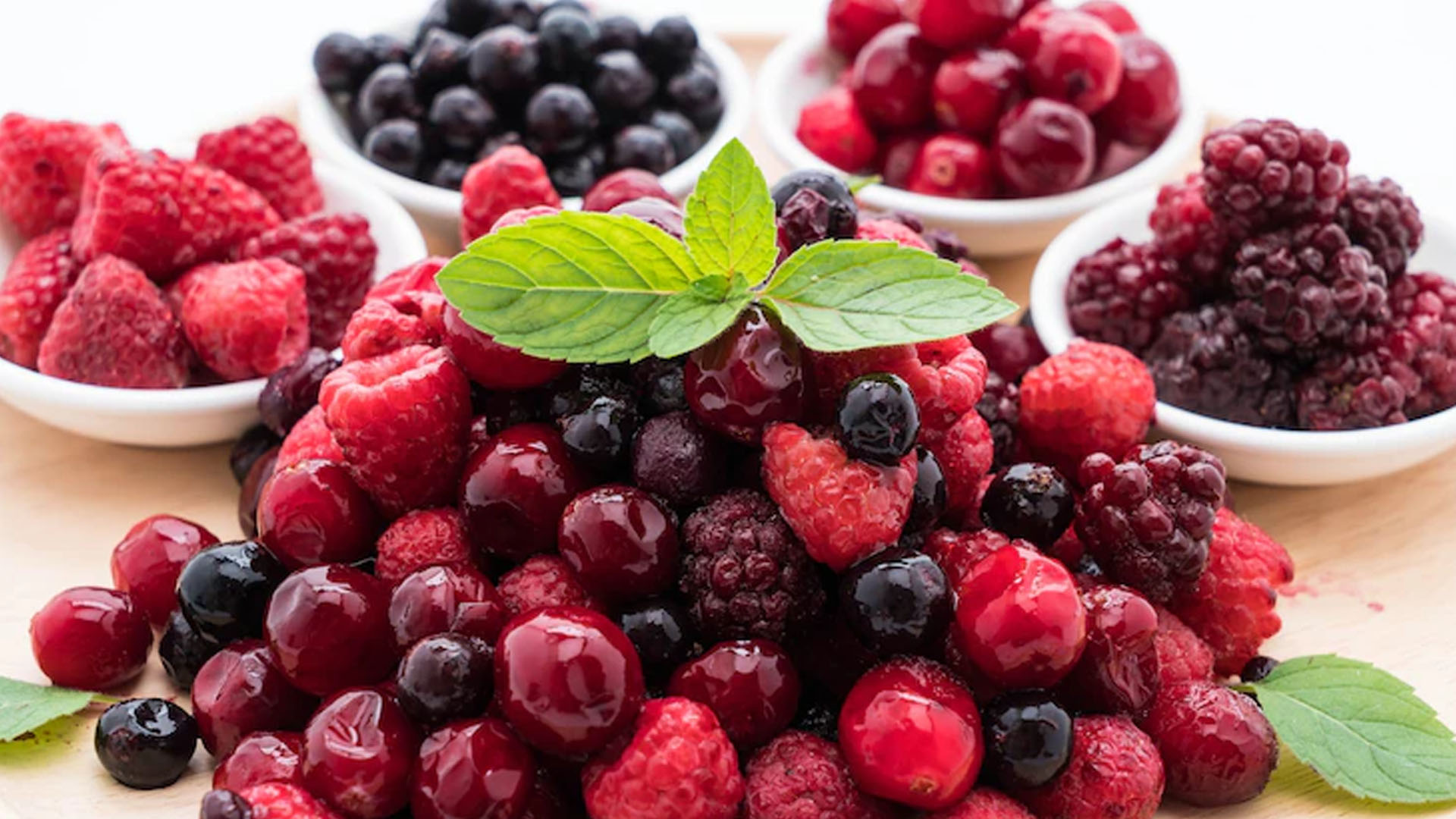
Research in The American Journal of Clinical Nutrition highlighted that people who consumed anthocyanins, a type of flavonoid in berries, experienced an 8% lower risk of developing high blood pressure. These tiny fruits pack a big punch when it comes to heart health.
How to Include: Add a handful of berries to your breakfast oatmeal, blend them into smoothies, or enjoy them as a sweet yet healthy dessert.
3. Fatty Fish: Heart-Friendly Omega-3s
Fatty fish such as salmon, mackerel, and sardines are excellent sources of omega-3 fatty acids, which have been shown to lower blood pressure by reducing inflammation, improving arterial function, and lowering triglycerides. Omega-3s also enhance the production of nitric oxide, a compound that relaxes blood vessels.
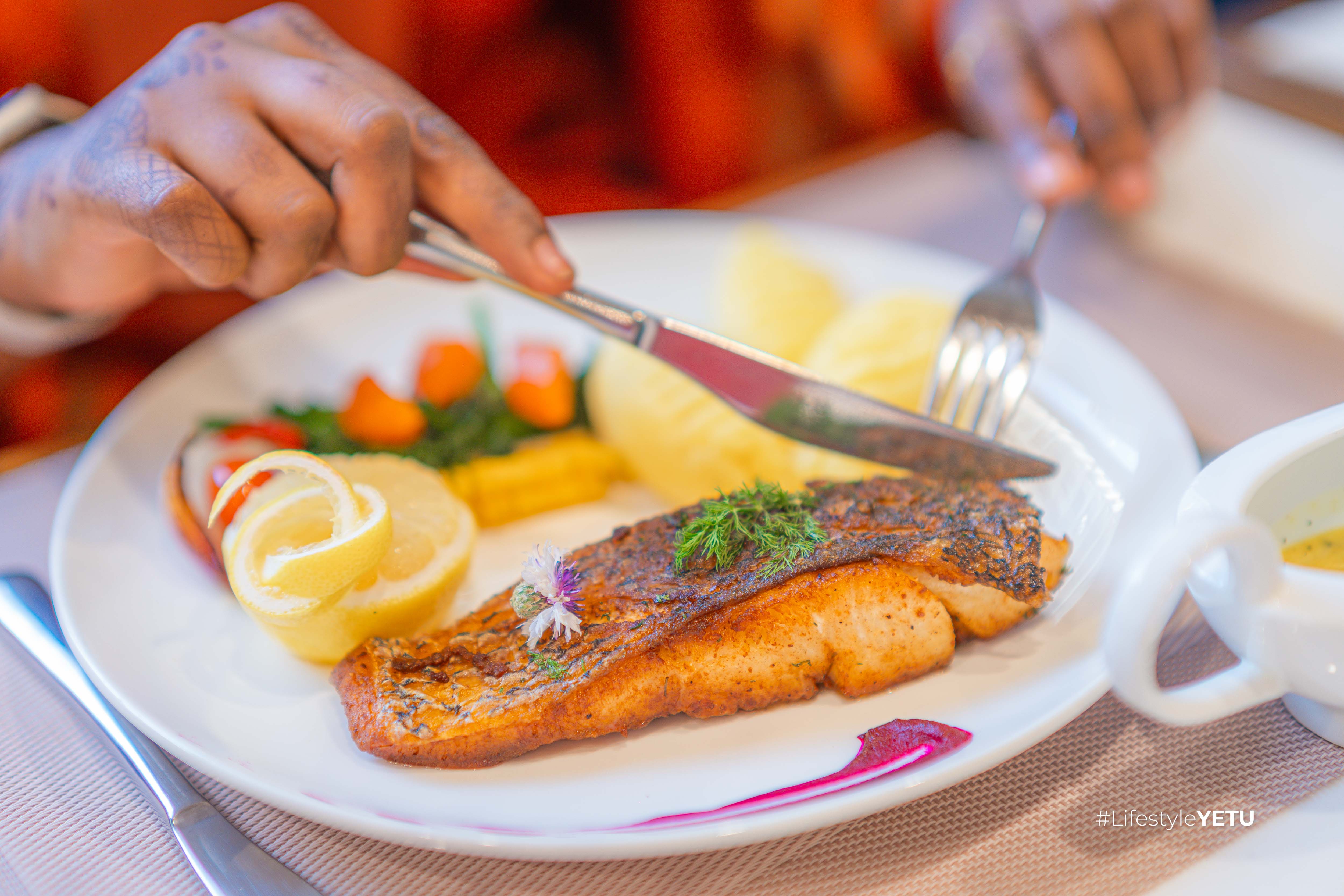
A landmark study in Hypertension found that regular consumption of omega-3-rich fish was associated with significant reductions in both systolic and diastolic blood pressure.
How to Include: Aim to eat two servings of fatty fish per week by grilling, baking, or poaching it. Pair it with a side of leafy greens for maximum benefits.
4. Beets: A Natural Nitric Oxide Booster
Beets are a rich source of dietary nitrates, compounds that the body converts into nitric oxide. This molecule helps relax and dilate blood vessels, improving circulation and lowering blood pressure.
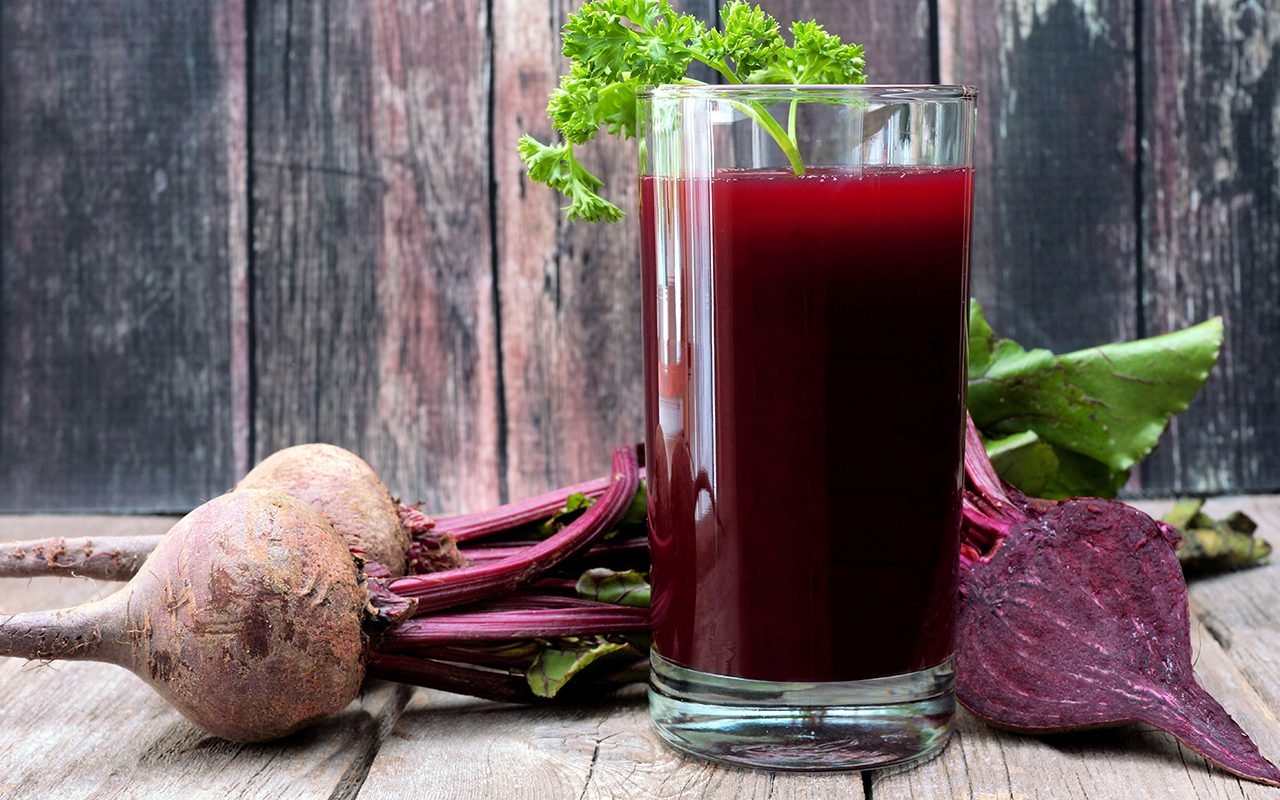
A 2015 study in Hypertension demonstrated that drinking beetroot juice significantly reduced systolic blood pressure within hours. Its effects are particularly potent for individuals with prehypertension or hypertension.
How to Include: Roast beets for salads, blend them into juices, or mix beetroot powder into smoothies.
5. Pumpkin Seeds: A Zinc and Magnesium Superfood
Pumpkin seeds might be small, but they’re packed with essential nutrients like magnesium, zinc, and antioxidants that support heart health. Magnesium, in particular, helps regulate blood pressure by relaxing blood vessels and balancing electrolyte levels.
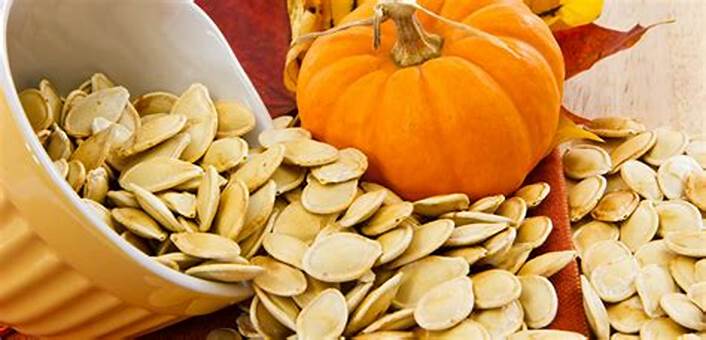
A 2012 study in the American Journal of Clinical Nutrition found that magnesium supplementation significantly lowered blood pressure, and pumpkin seeds are one of nature’s best sources. They also contain arginine, an amino acid that supports nitric oxide production.
How to Include: Sprinkle pumpkin seeds on salads, mix them into yogurt, or enjoy them as a crunchy snack.
6. Low-Fat Dairy: Calcium for Vascular Health
Low-fat dairy products, including milk, yogurt, and cheese, are rich in calcium, a mineral vital for blood pressure regulation. Calcium helps blood vessels tighten and relax effectively, reducing strain on the cardiovascular system.
The British Journal of Nutrition published research showing that higher consumption of low-fat dairy was associated with a reduced risk of hypertension. Its benefits are amplified when incorporated into a balanced diet like DASH.
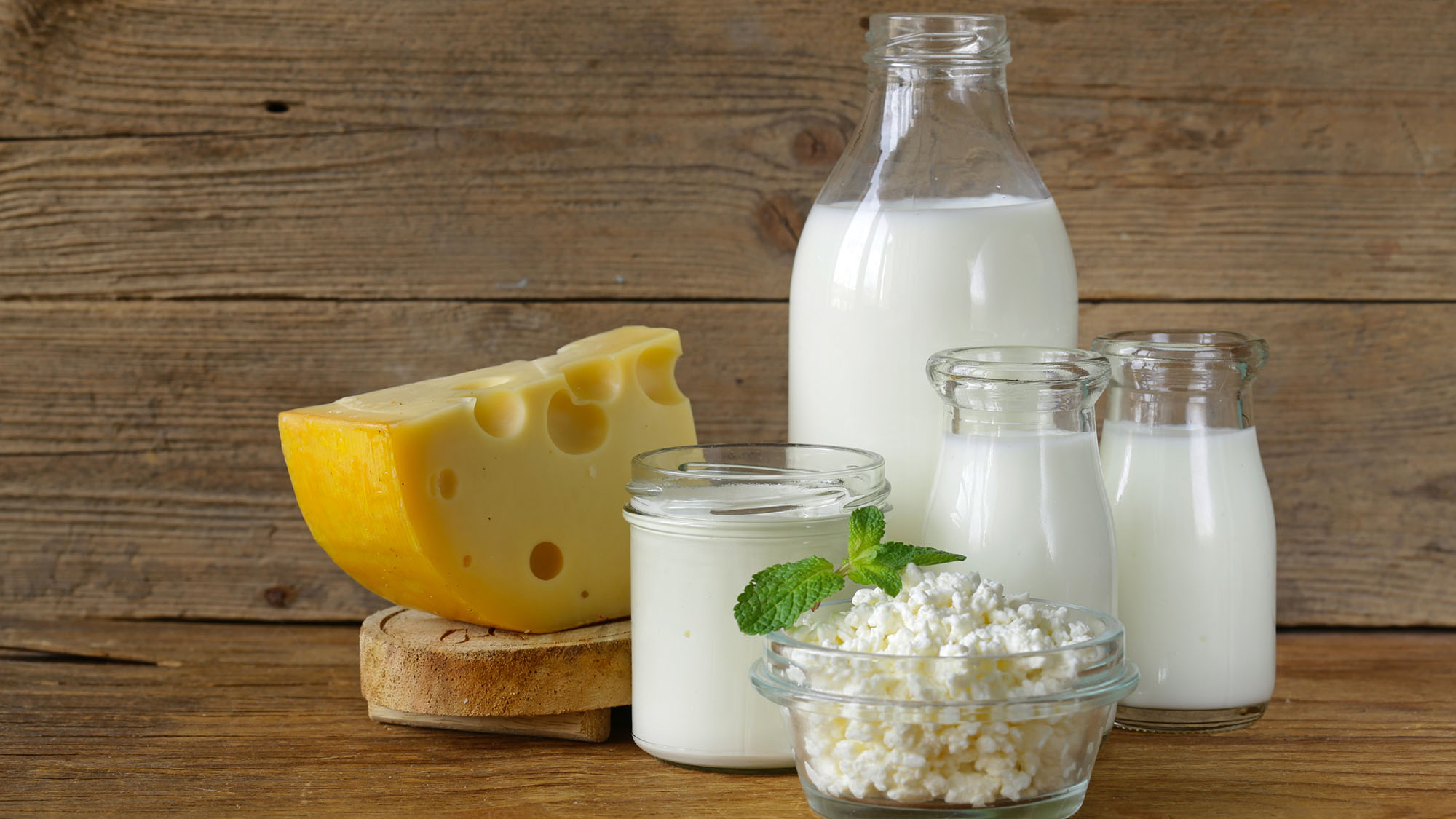
How to Include: Use low-fat milk in your coffee or cereal, enjoy unsweetened yogurt as a snack, or add cheese in moderation to your meals.
Each of these six foods plays a unique role in combating hypertension, offering a natural and flavorful way to lower blood pressure. While diet is a powerful tool, it works best in combination with regular exercise, stress management, and adequate sleep. Always consult your healthcare provider before making significant dietary changes, especially if you’re managing other health conditions.
Remember, every bite counts. Whether you’re snacking on raw carrots, sipping beet juice, or indulging in a bowl of berries, you’re not just enjoying delicious food—you’re investing in your heart health. Stock up on these superfoods and start your journey toward healthier blood pressure today.
Share on
Tags
SHARE YOUR COMMENT
MORE STORIES FOR YOU
Trending Stories
DJ Mo’s former illicit lo...
- Published By Jane
- January 15, 2024
Mapenzi! Zari and Tanasha...
- Published By Jane
- October 24, 2023
Zuchu Speaks on Diamond P...
- Published By Jane
- October 12, 2023
Hio Ni Upumbavu Wasituche...
- Published By Jane
- November 8, 2023
RECOMMENDED FOR YOU
Your Lungs Hold Secrets A...
- Published By The
- September 11, 2025
Better Sleep?: See The Li...
- Published By The
- September 11, 2025
What to Know About iPhone...
- Published By The
- September 11, 2025
From Teacher to Mwalimu N...
- Published By The
- September 11, 2025
Latest Stories
6 Brain-Damaging Habits Y...
- Published By The
- September 27, 2025
"Najua Unatamani": Vera S...
- Published By The
- September 27, 2025
Lenacapavir: What You Nee...
- Published By The
- September 27, 2025
Bahati and Diana Marua An...
- Published By The
- September 27, 2025



